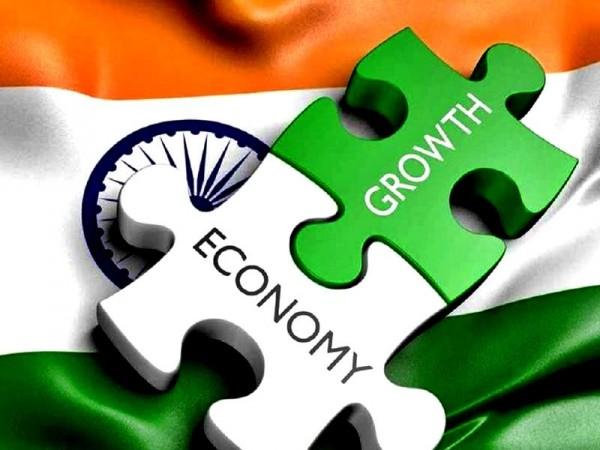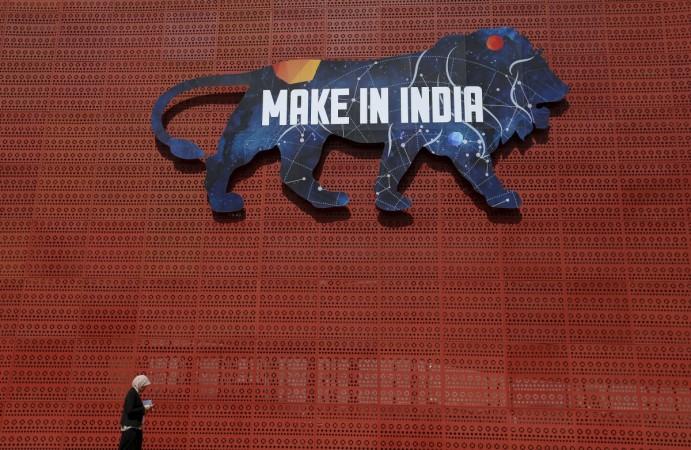
India's economy continues to demonstrate resilience and robust growth despite challenging global conditions. The World Bank's recent report underscores the country's positive medium-term outlook, with a projected growth rate of 8.2 percent in FY23/FY24. This growth is expected to reach 7 percent in FY24/FY25 and remain strong in FY25/FY26 and FY26/FY27.
The World Bank attributes this robust growth to several factors. Firstly, India's revenue growth has been robust, and further fiscal consolidation is expected. This has led to a projected decline in the debt-to-GDP ratio from 83.9 percent in FY23/24 to 82 percent by FY26/FY27. The current account deficit is also expected to remain at around 1-1.6 percent of GDP up to FY26/FY27.
Secondly, India's growth has been boosted by public infrastructure investment and an upswing in household investments in real estate. On the supply side, the growth was supported by a buoyant manufacturing sector, which grew by 9.9 percent, and resilient services activity, which compensated for underperformance in agriculture.
Thirdly, urban unemployment has improved gradually since the pandemic, especially for female workers. By the beginning of FY24/25, female urban unemployment fell to 8.5 percent. This improvement in employment rates has been a significant contributor to the country's economic growth.
Furthermore, with a narrowing of the current account deficit and strong foreign portfolio investment inflows, foreign exchange reserves reached an all-time high of $670.1 billion in early August. This has further strengthened the country's economic position. The World Bank report also highlighted the critical role of trade for boosting growth. India has boosted its competitiveness through the National Logistics Policy and digital initiatives that are reducing trade costs.
However, to reach its $1 trillion merchandise exports goal by 2030, India needs to diversify its export basket and leverage global value chains. According to Nora Dihel and Ran Li, senior economists and co-authors of the report, to create more trade-related jobs, India can integrate more deeply into global value chains. This will also create opportunities for innovation and productivity growth.

The World Bank's Country Director in India, Auguste Tano Kouame, stated that India's robust growth prospects, along with declining inflation, will help to reduce extreme poverty. He also mentioned that the country could boost its growth further by harnessing its global trade potential. In addition to IT, business services, and pharma where it excels, India can diversify its export basket with increased exports in textiles, apparel, and footwear sectors, as well as electronics and green technology products.
The World Bank's positive outlook on India's economy is echoed by other sources. For instance, a report by SocialNews.XYZ also highlighted India's strong growth despite challenging global conditions. It noted that India remains the fastest-growing major economy and grew at a rapid pace of 8.2 percent in FY23/FY24.
India's medium-term economic outlook remains positive amid strong growth. The country's robust revenue growth, fiscal consolidation, declining debt-to-GDP ratio, and improved employment rates, particularly for female workers, have contributed to this positive outlook. The World Bank suggests that India can further boost its growth by harnessing its global trade potential and diversifying its export basket. However, to achieve its ambitious $1 trillion merchandise exports goal by 2030, India needs to integrate more deeply into global value chains and leverage opportunities for innovation and productivity growth. The country's economic resilience and growth potential are a beacon of hope amid global economic challenges.

















